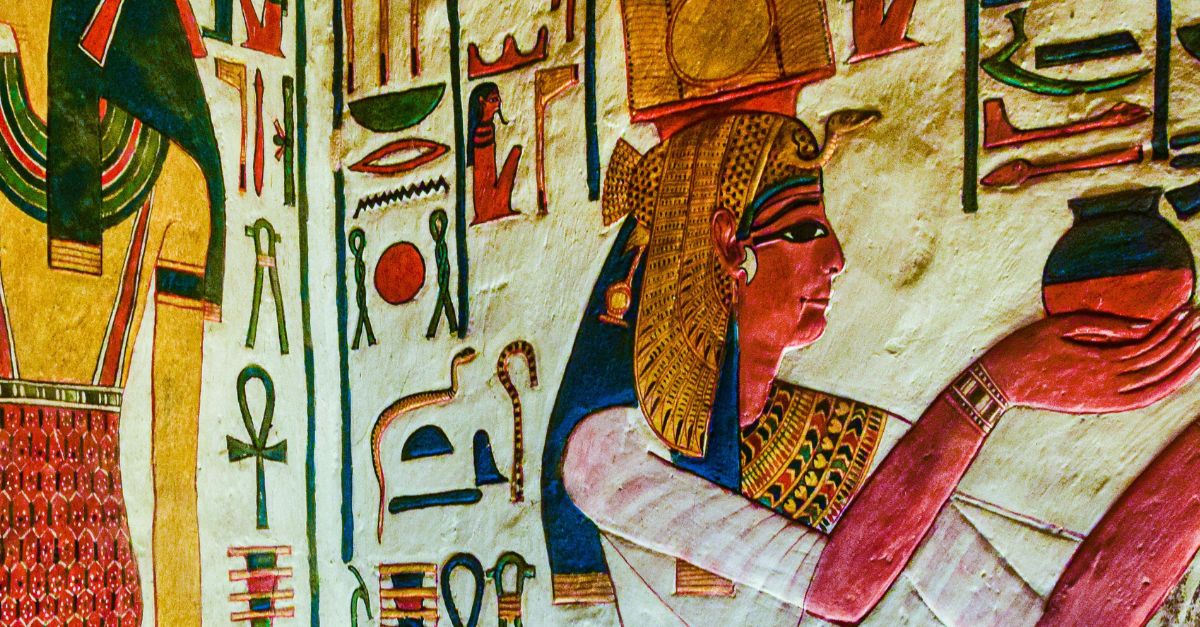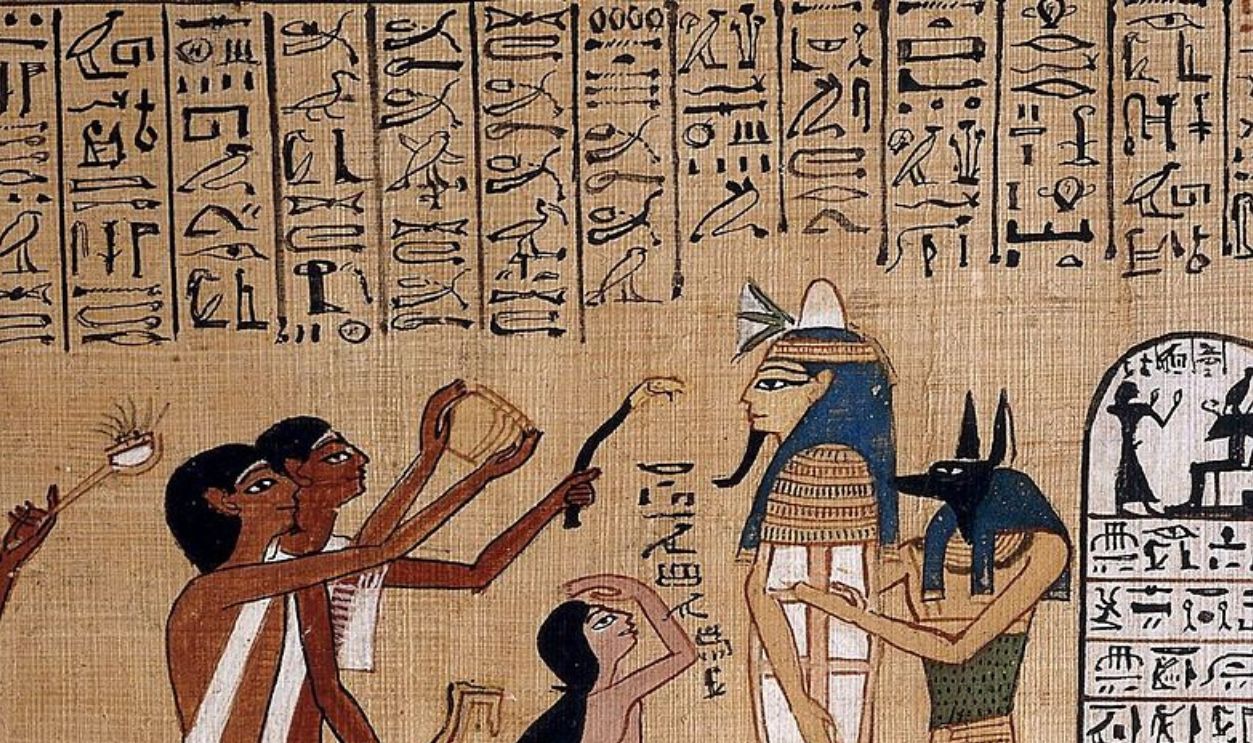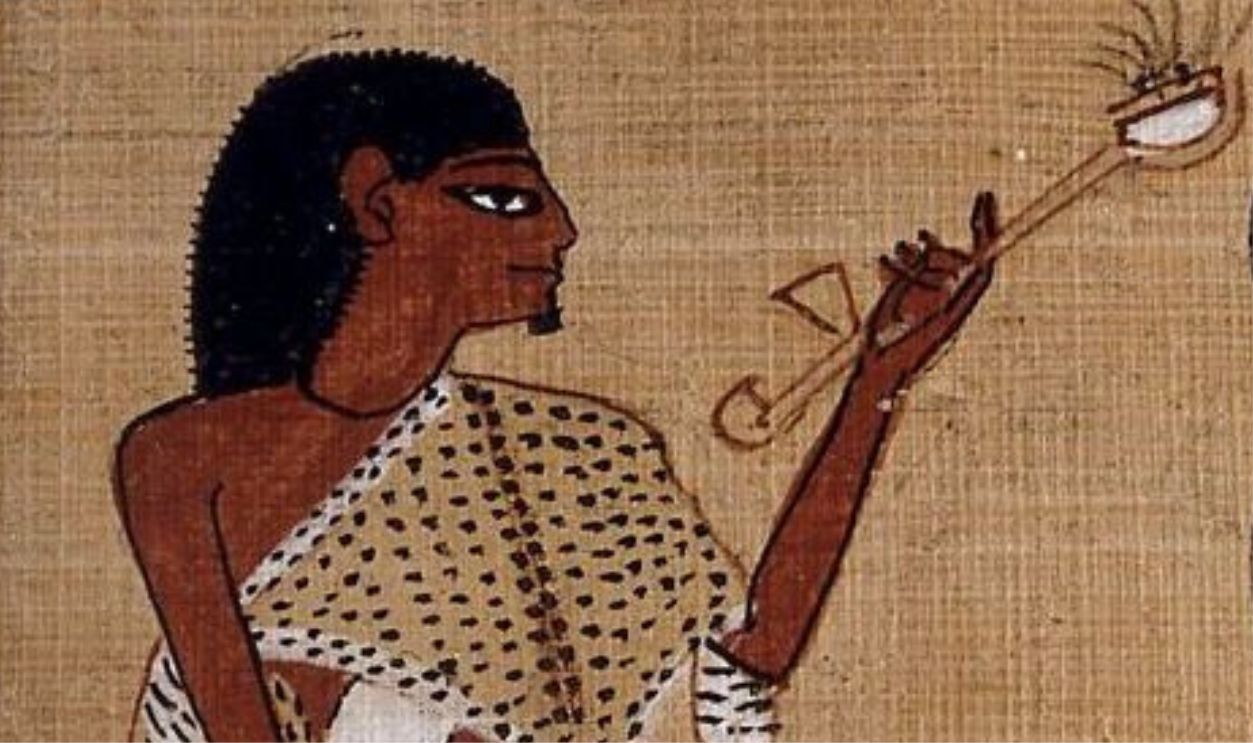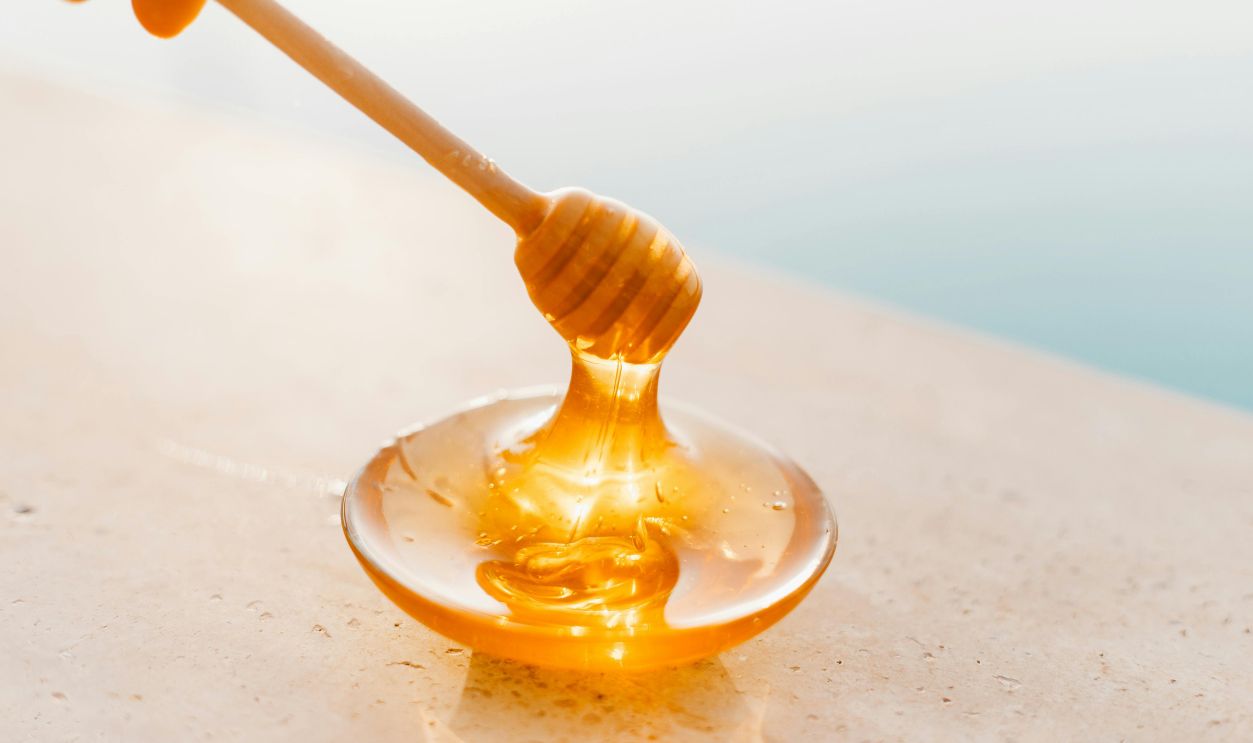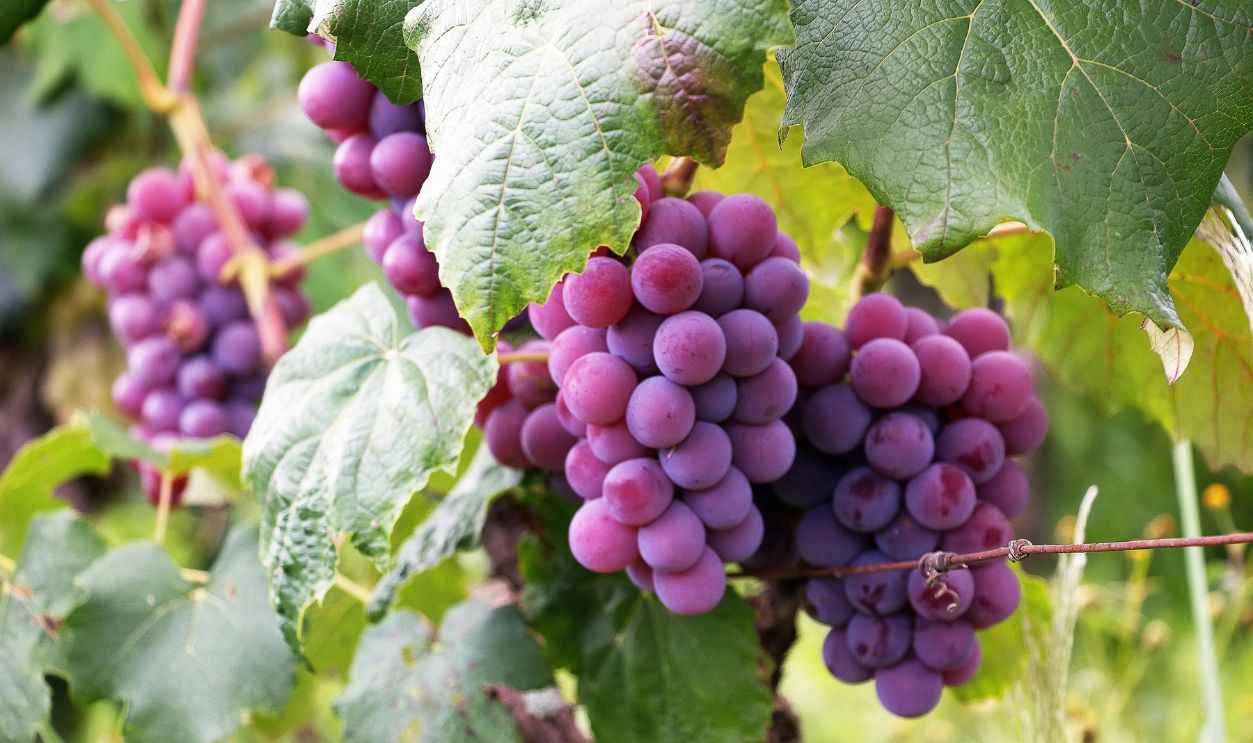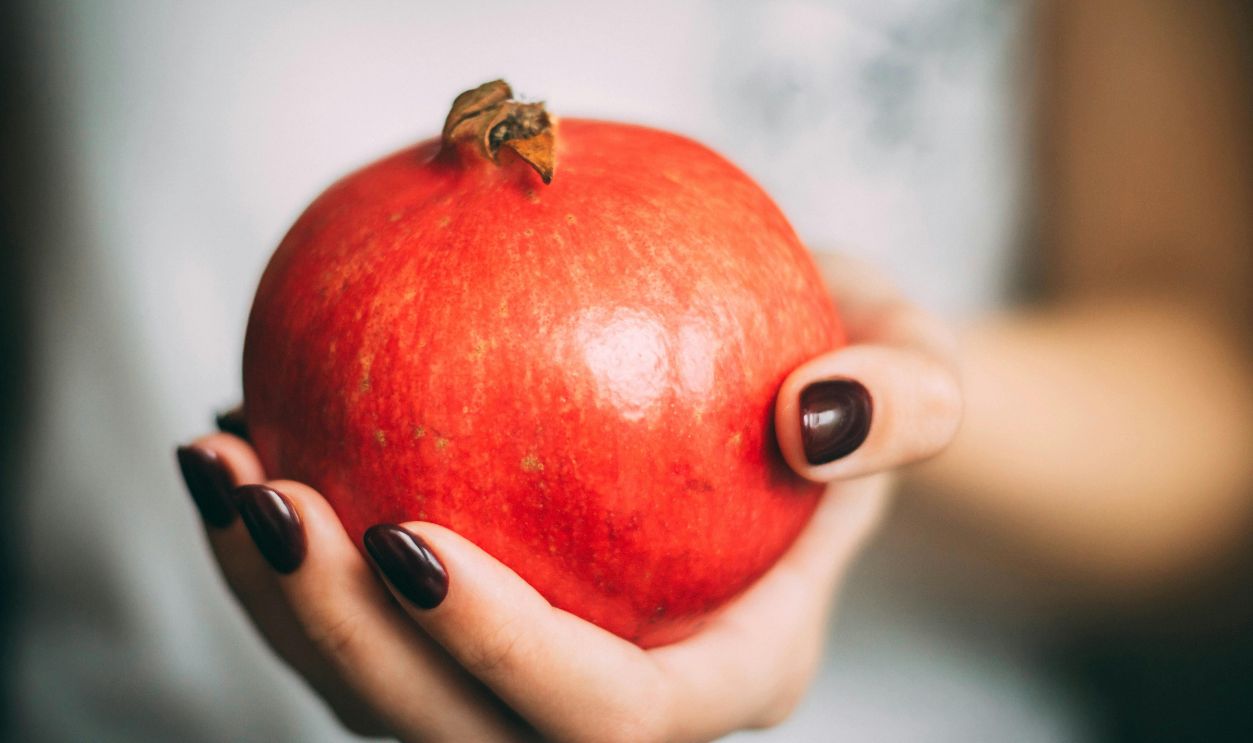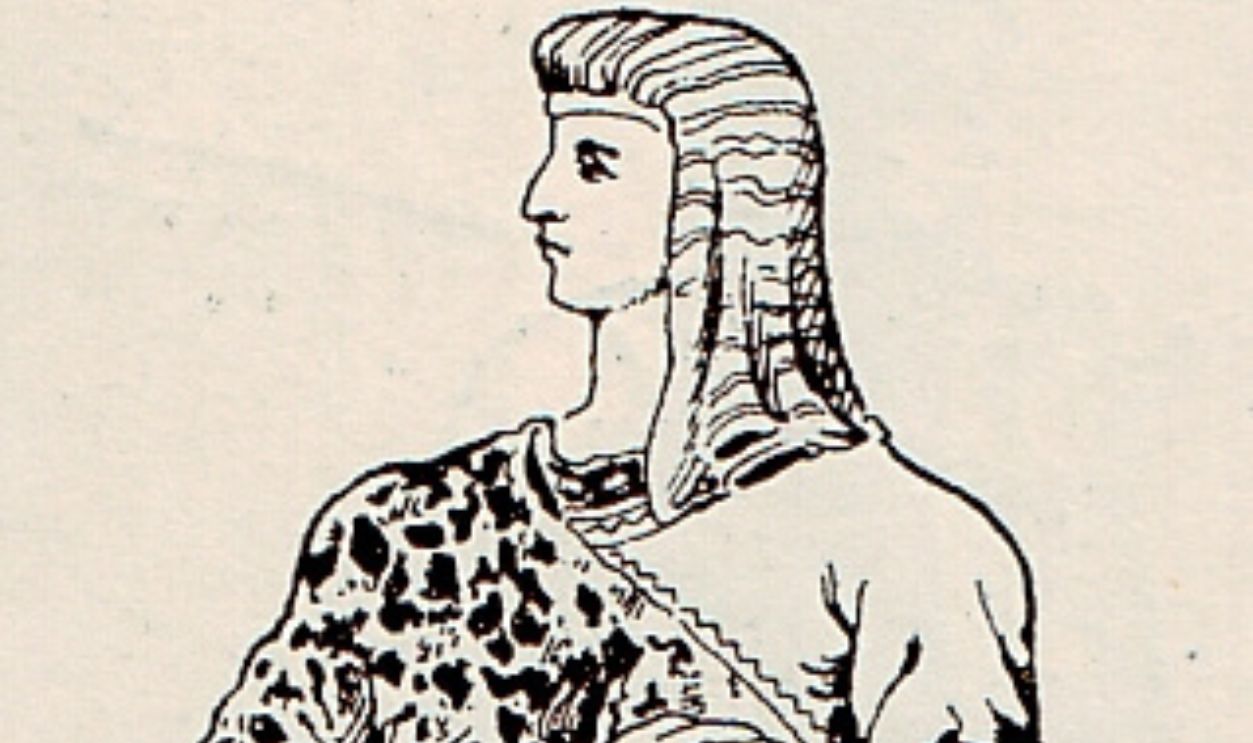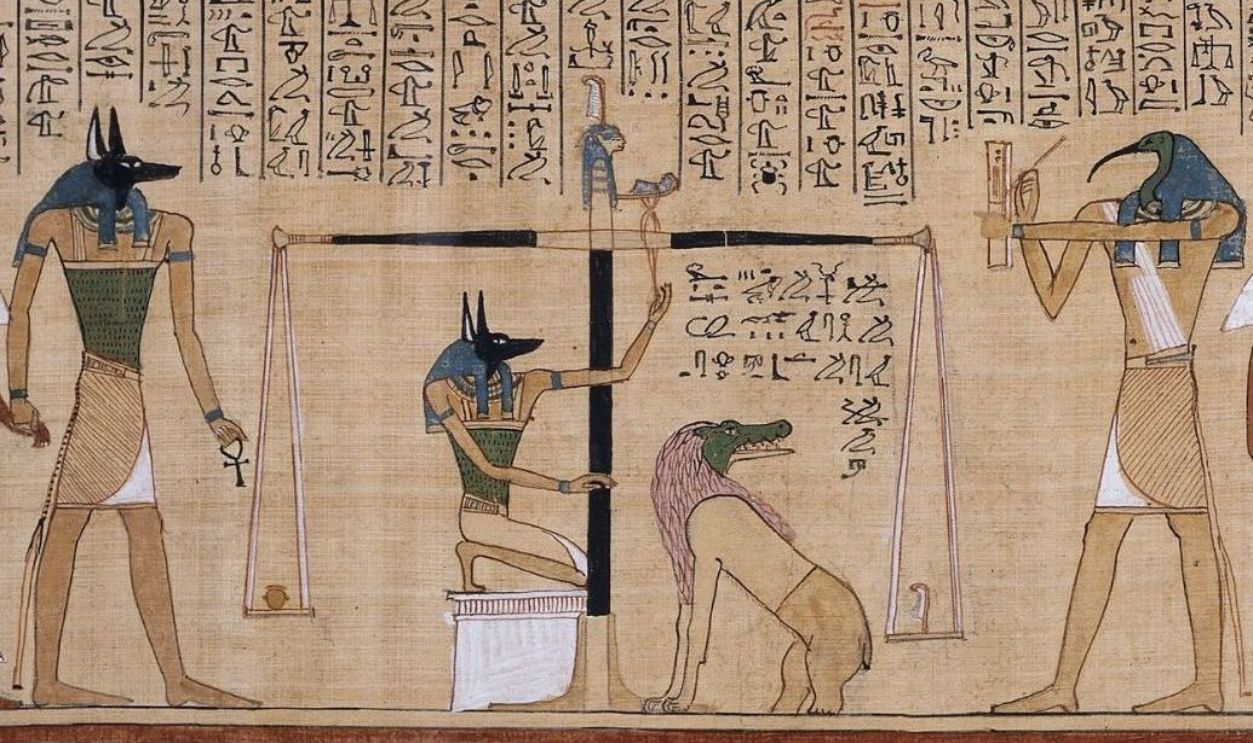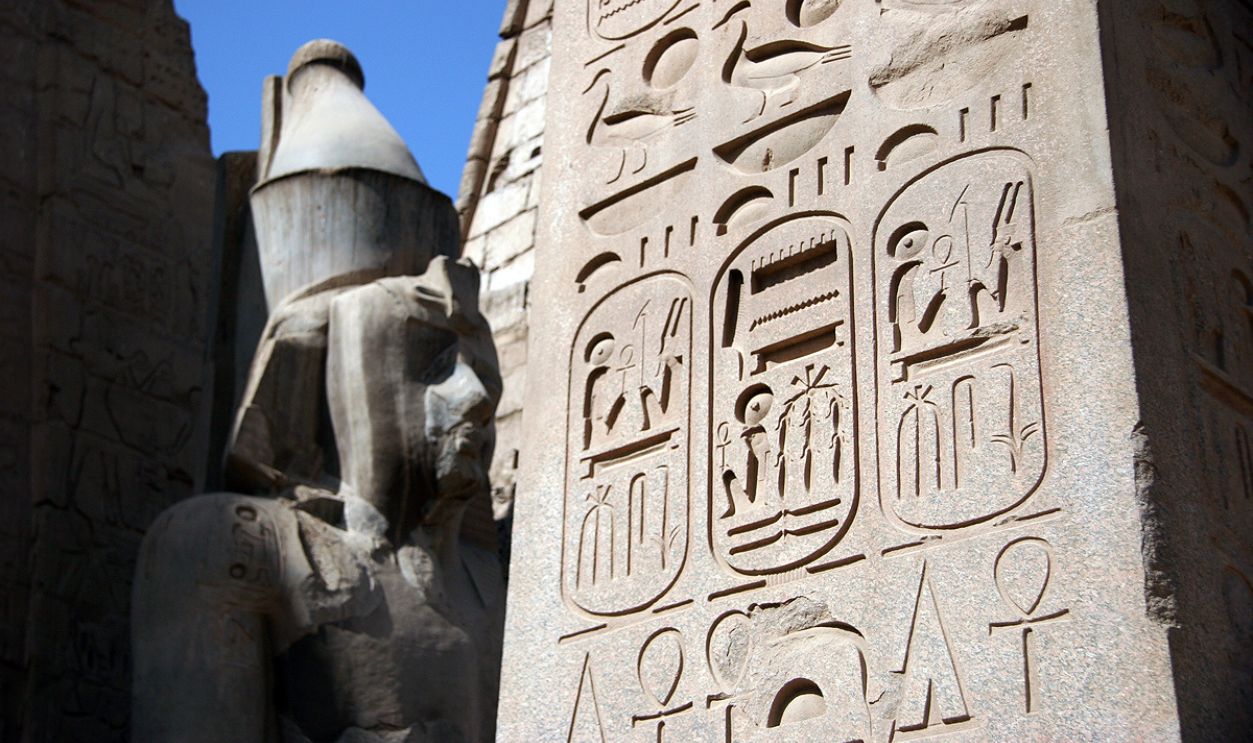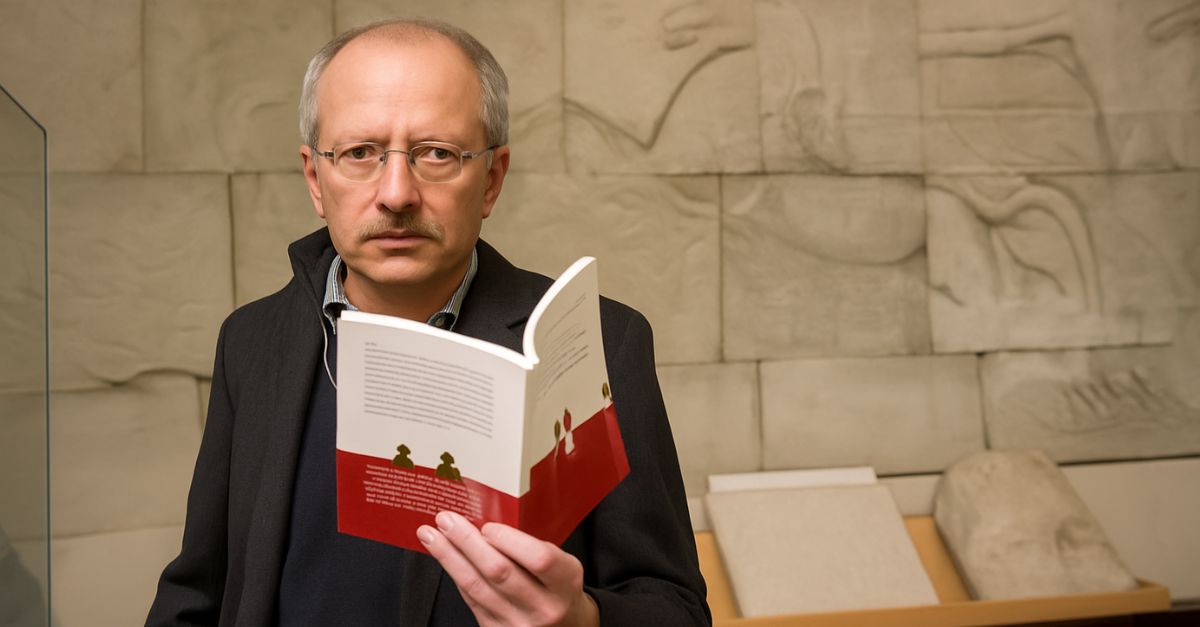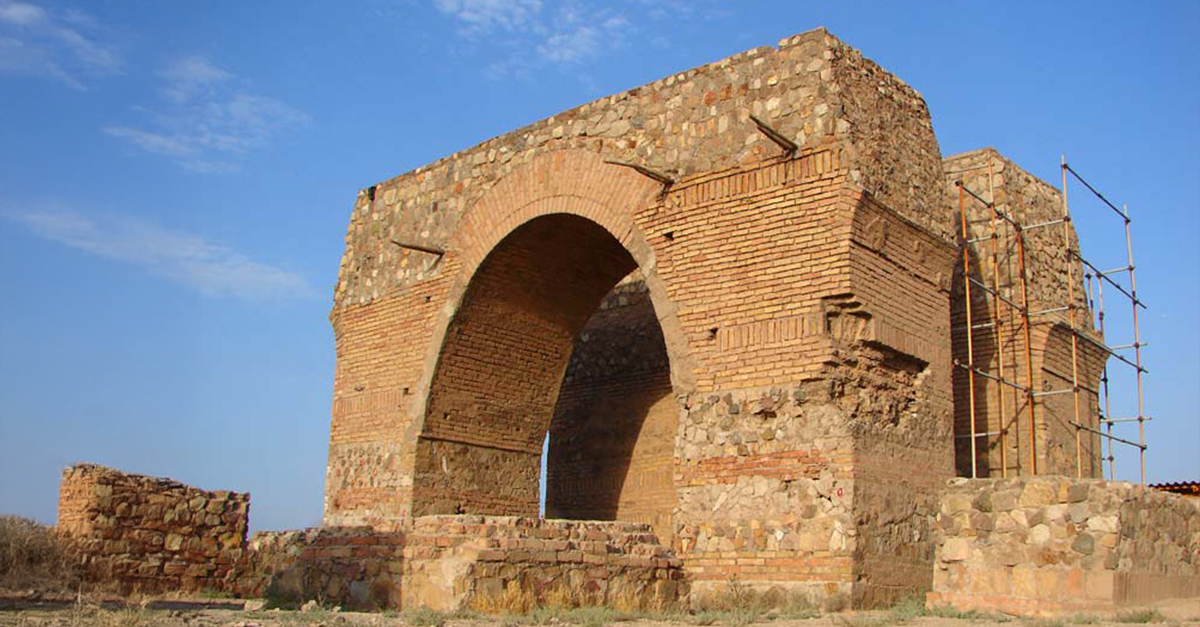The Enigmatic World Of Egyptian Rituals
The ancient Egyptians held strong beliefs about life, death, and the afterlife, but their rituals were not just about words and prayers. Some may have sought divine encounters through more immersive experiences. Here’s a discovery that makes you go, “Hmm”.
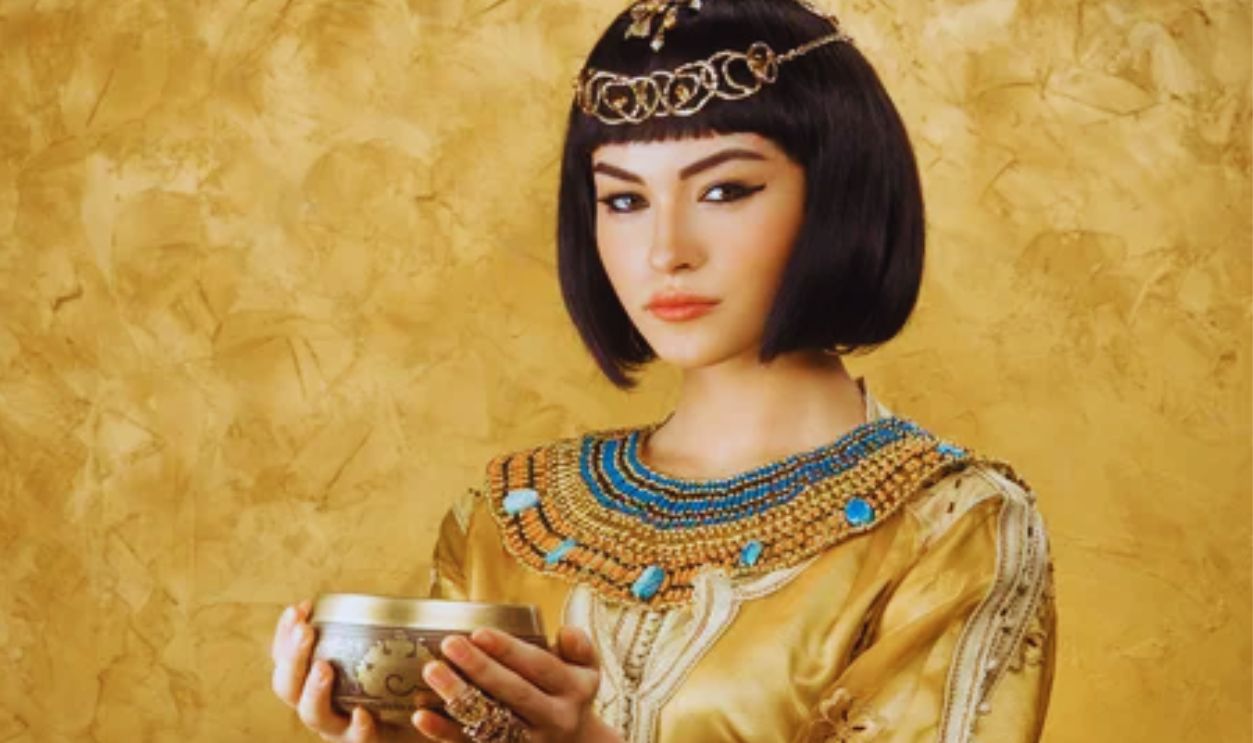
Early Evidence Of Ritualistic Drinking
Drinking was an activity humans enjoyed even 2,000 years ago. The ceramic vessels from the time tell that story. Archeologists found vessels that have traces of hallucinogenic brews, possibly used during ritualistic ceremonies by the Egyptians. Scientists confirmed, through chemical analysis, that the vessels contained mind-altering plant compounds.
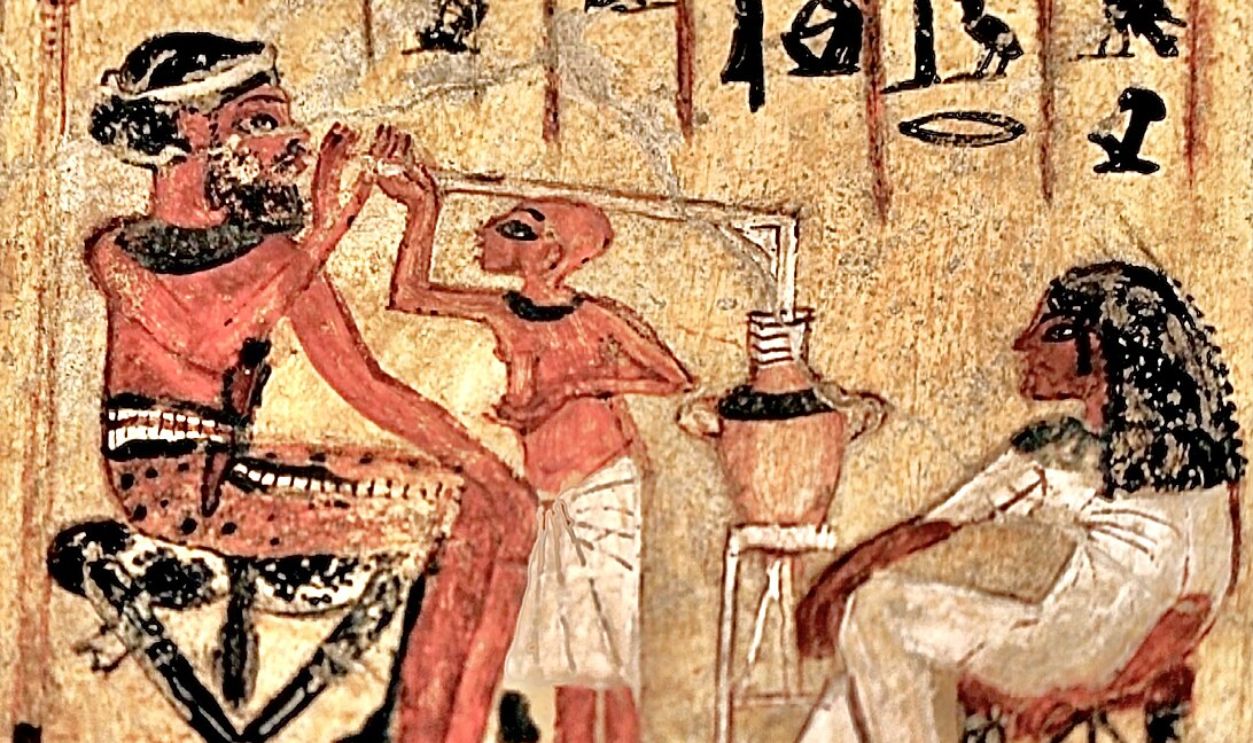 Vassil, CC0, Wikimedia Commons
Vassil, CC0, Wikimedia Commons
Discovery Of Mysterious Egyptian Ritual Vessels
In between all these artifacts, there was a 2,000-year-old Bes mug from the Tampa Museum of Art. Scientists discovered chemical traces of hallucinogenic plants, which supports the theory that sacred drinkware and psychoactive substances in Egyptian religious ceremonies were common.
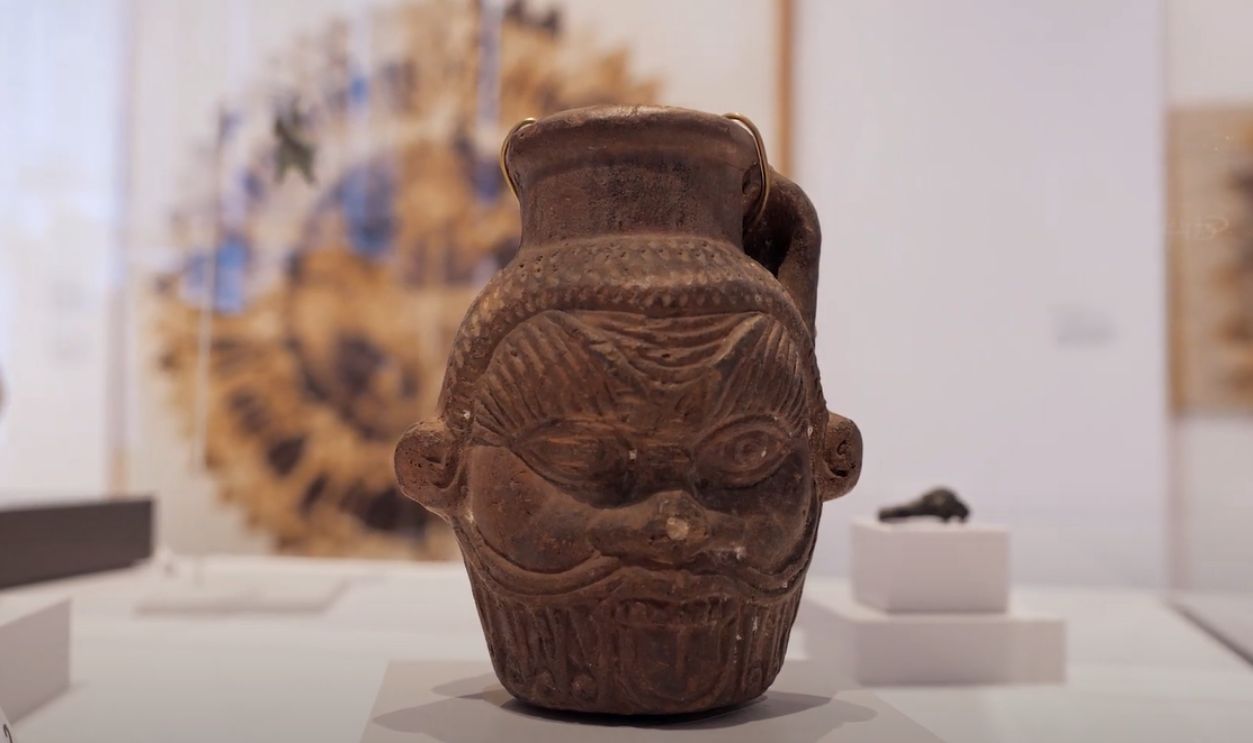 Antiquities Circle Lecture: A Magic Potion for a Bes Mug by Tampa Museum of Art
Antiquities Circle Lecture: A Magic Potion for a Bes Mug by Tampa Museum of Art
The Role Of Bes In Ancient Egypt
Bes was the protector of households and childbirth. People worshipped since he was believed to have the ability to ward off evil. That’s not all; his image was carved into drinking vessels. Some think that beverages consumed from these cups might have had a protective or ceremonial purpose.
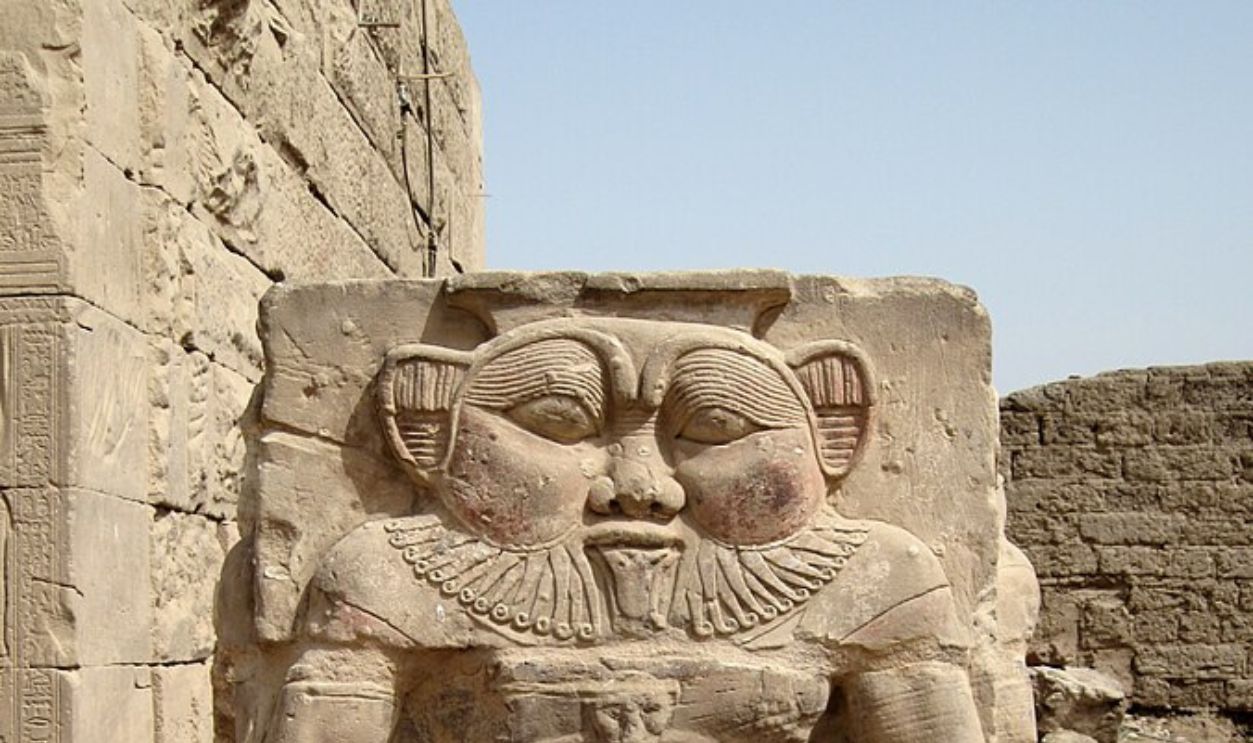 Olaf Tausch, CC BY 3.0, Wikimedia Commons
Olaf Tausch, CC BY 3.0, Wikimedia Commons
Sacred Ceremonies And Their Hidden Purposes
People didn’t merely just worship Egyptian rituals. They had a deeper meaning, which ensured fertility and protection from the dead. In order to perform said rituals, many drank psychoactive brews to achieve heightened awareness. These ceremonies were often performed by priests or initiated members.
The Hidden Symbolism Behind The Bes Mug’s Design
Drinking came with a layer of protection. The Bes mug, with its wild expression and striking features, was a guardian. Egyptians believed its design could scare off dark forces, and some scholars think it even helped reinforce a sense of safety during altered states of consciousness.
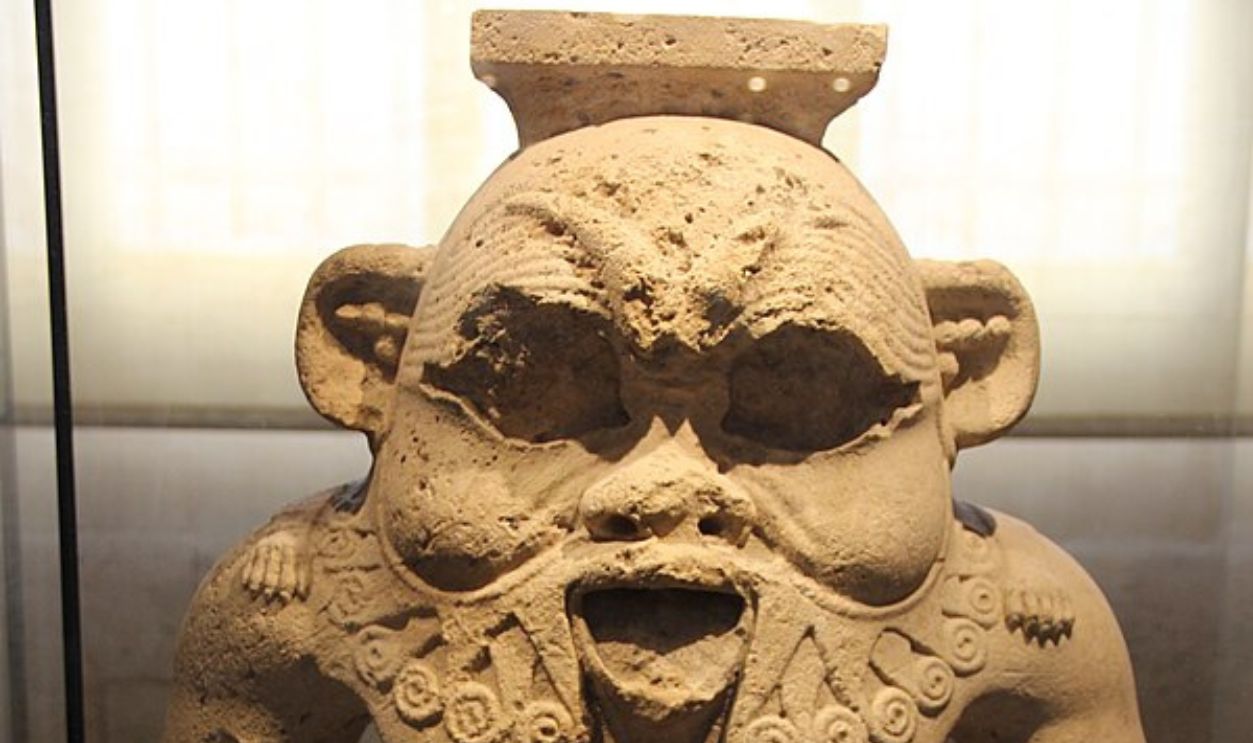 Gary Todd from Xinzheng, China, CC0, Wikimedia Commons
Gary Todd from Xinzheng, China, CC0, Wikimedia Commons
How Was The Bes Mug Used In Everyday Life?
While the Bes mug played a sacred role in ceremonies, it might not have been restricted to temples. Some experts believe that families kept smaller versions of the mug at home and used them in personal rituals for fertility and warding off evil spirits—suggesting that hallucinogenic brews weren’t only for priests.
Psychoactive Plants In Ancient Egyptian Culture
Egyptians had a precise understanding of plants that influenced the mind. Blue lotus, Syrian rue, mandrake, and other botanicals were used in religious practices, either brewed into drinks or burned as incense. Each had a role, whether to induce visions, enhance meditation, find oneself, or strengthen the bond with gods.
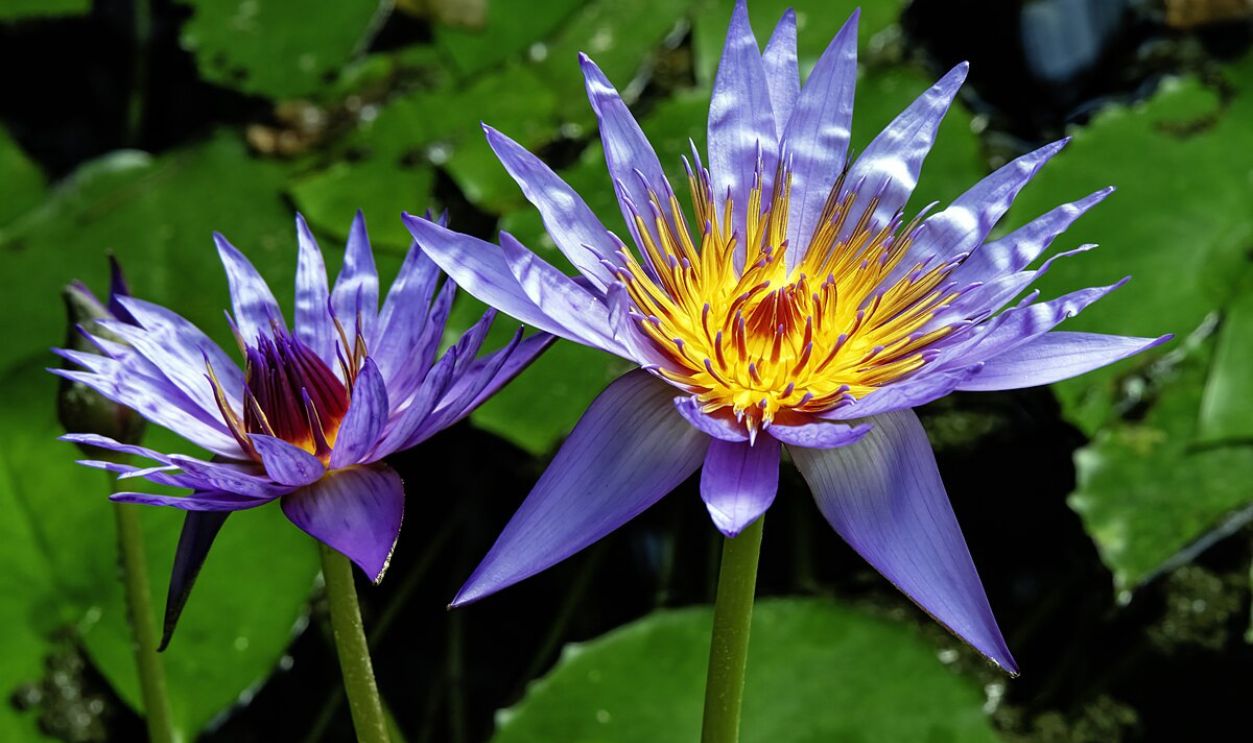 Muséum de Toulouse, CC BY-SA 4.0, Wikimedia Commons
Muséum de Toulouse, CC BY-SA 4.0, Wikimedia Commons
The Use Of Blue Lotus In Rituals
While people may think the blue lotus is symbolic, that is far from the truth. The flower had psychoactive properties when steeped in wine, and locals used it during ceremonies. You may still see it in murals today, but during rituals, it promoted a divine connection.
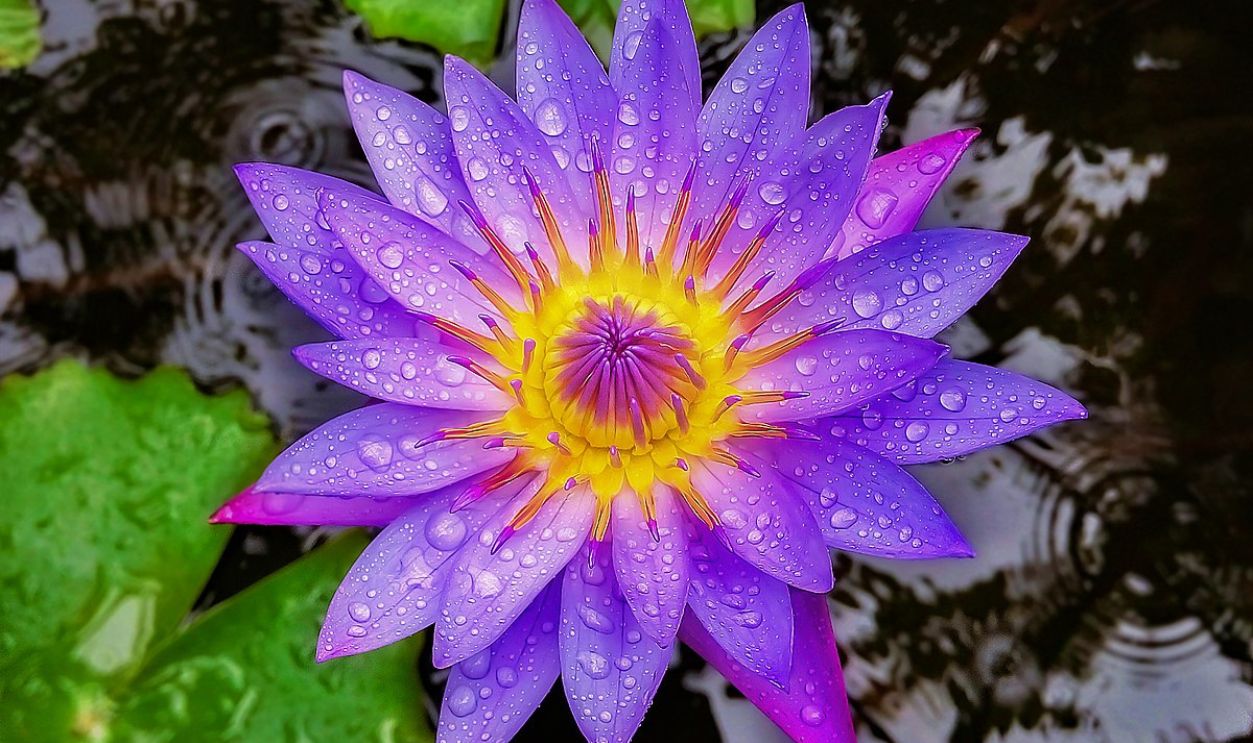 Abdulmominbd, CC BY-SA 4.0, Wikimedia Commons
Abdulmominbd, CC BY-SA 4.0, Wikimedia Commons
The Preparation Of Special Ritual Brews
Like any other brew, Egyptian brew was special, too. The preparation included proper selection, fermentation, infusion, introduction of psychoactive plants, etc. They also added ingredients like raisins and honey to improve the flavor and enhance the effects. Either way, only trained professionals could do this.
Fermentation And Other Brewing Techniques
Egyptians knew how to make their rituals more than just symbolic. Alcohol, naturally fermented from grapes, dates, and honey, became a tool for spiritual journeys. Once infused with hallucinogenic plants, these drinks packed a punch, unlocking visions and deepening religious experiences.
Blood-Like Appearance In Sacred Beverages
If you know of Egyptian mythology, there are many mentions of blood-red elixirs. They are linked to life and divine forces. Some were also related to sacrifice, and some ritual drinks mimicked blood using pomegranate juice or red ochre to play into the symbolism.
The Connection Between Myth And Reality
Deities often drank mind-altering potions. Or so says the Egyptian myths. One of the most famous examples of this is Hathor’s pacification with a drugged red beverage, which prevented her wrath. Stories like this inspired life rituals, and there is evidence to support it.
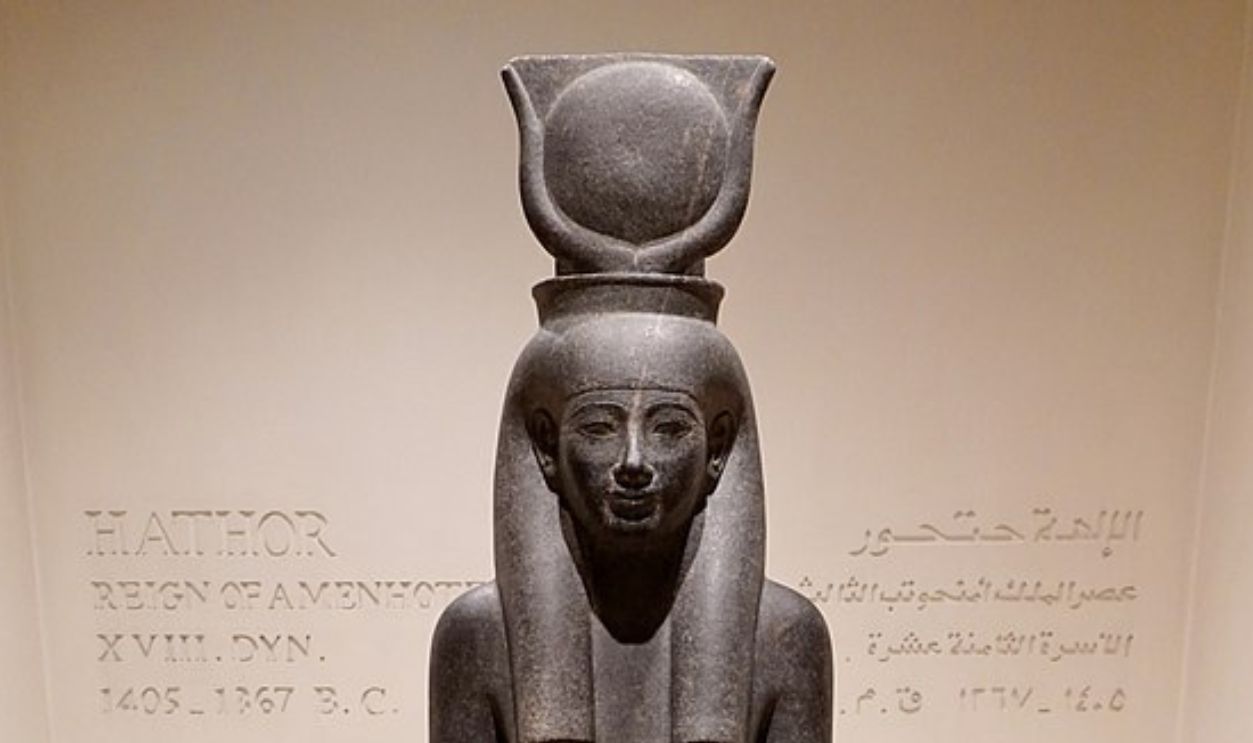 Olaf Tausch, CC BY 3.0, Wikimedia Commons
Olaf Tausch, CC BY 3.0, Wikimedia Commons
Inducing Trance States In Religious Practices
The reason priests consumed these drinks was to feel connected with the divine. They used the state to predict the future and deliver their gods’s message. When they were in these states, chanting and drumming guided them through the trip to find answers.
Hallucinogenic Drinks And The Myth Of Hathor
Hathor was the goddess of joy and intoxication. It is said that the only thing that could calm her was a red-hued, psychoactive drink. Of course, the rituals performed in her honor may also have involved the consumption of similar drinks to achieve her state of consciousness.
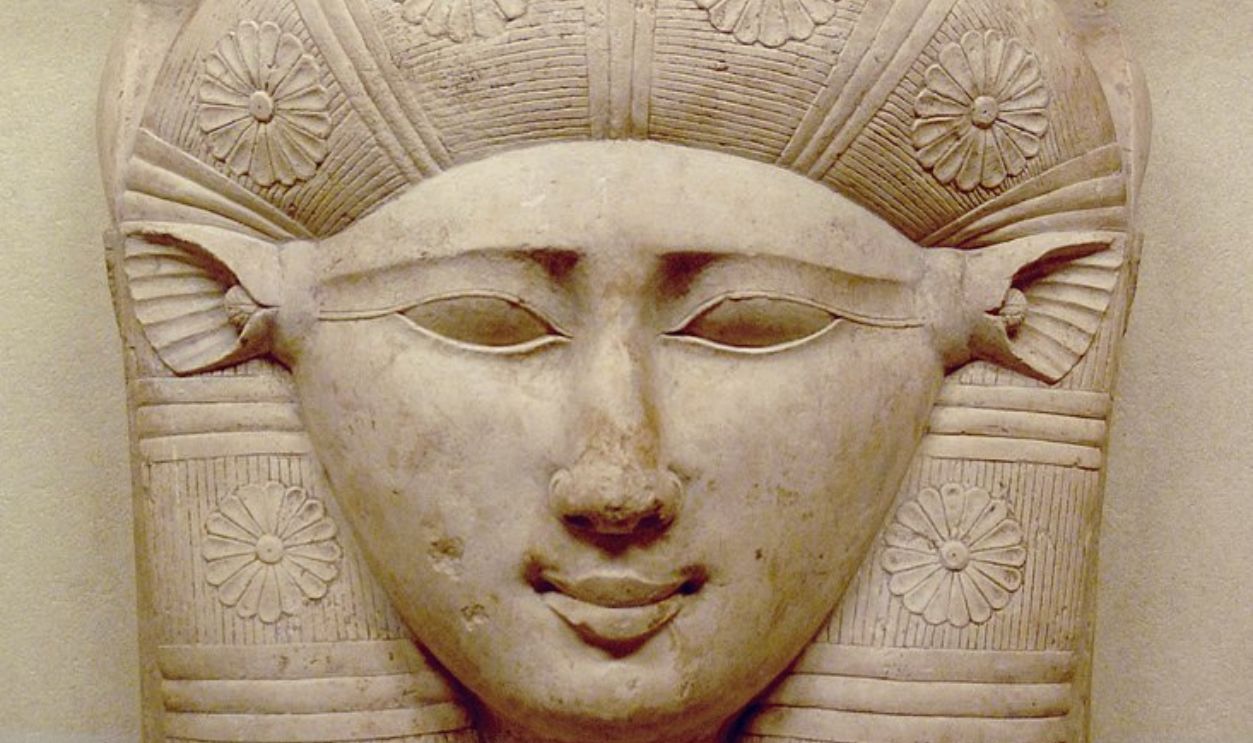 Siren-Com, CC BY-SA 3.0, Wikimedia Commons
Siren-Com, CC BY-SA 3.0, Wikimedia Commons
The Role Of These Brews In Fertility Rites
It is believed that even women desiring children consumed these psychoactive drinks. It is said that drinking it would bring blessings from the divine. However, that’s not all; it would also bring visions of future children or enhance their connection with fertility deities.
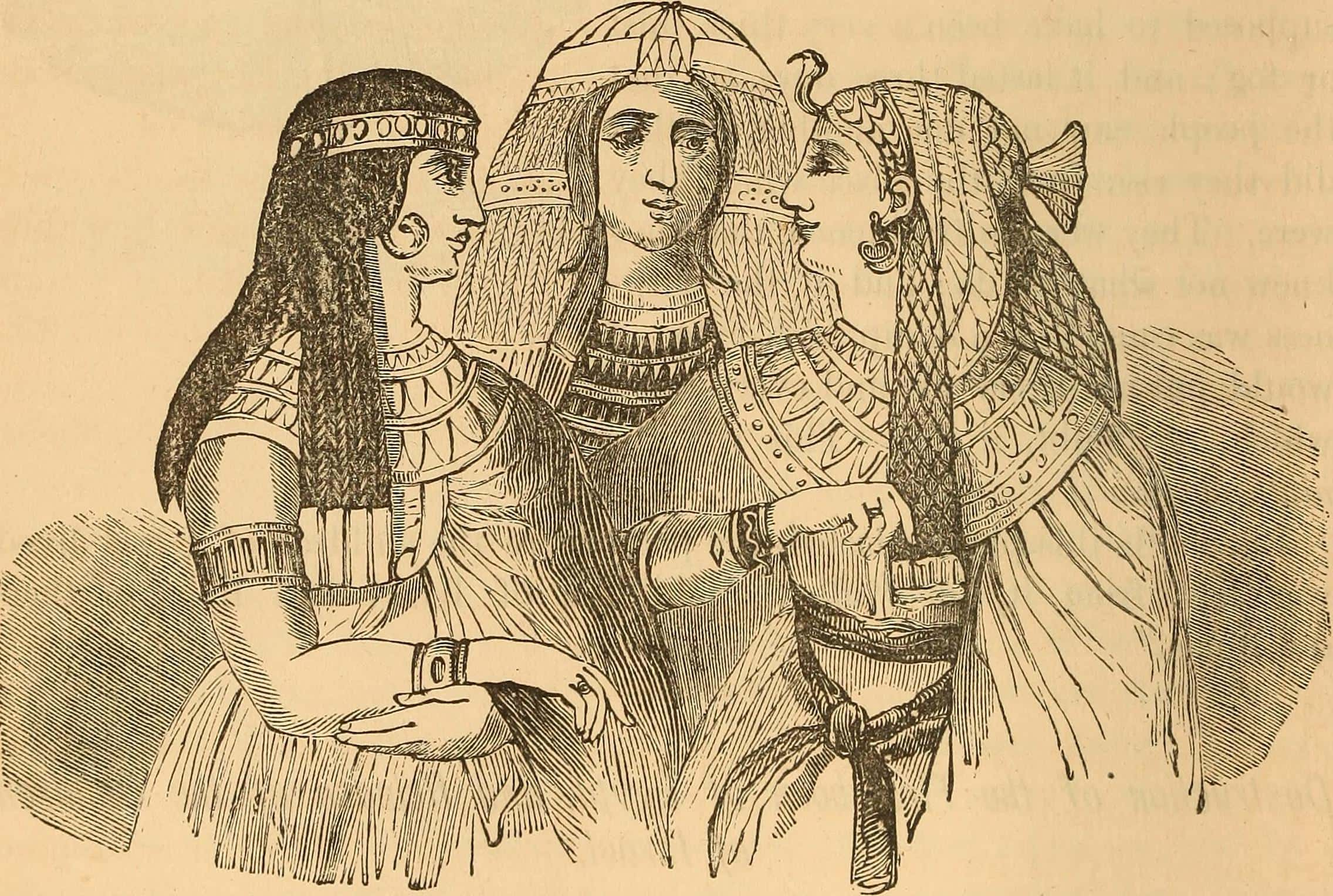 Internet Archive Book Images, Wikimedia Commons
Internet Archive Book Images, Wikimedia Commons
Consumption Of Psychoactive Beverages By Priests
Not everyone in Egypt could sip on these sacred brews. Only high priests and temple initiates were trusted to drink them and use their effects to commune with the divine and read omens. Their visions were personal; they guided religious rituals and shaped the future of society.
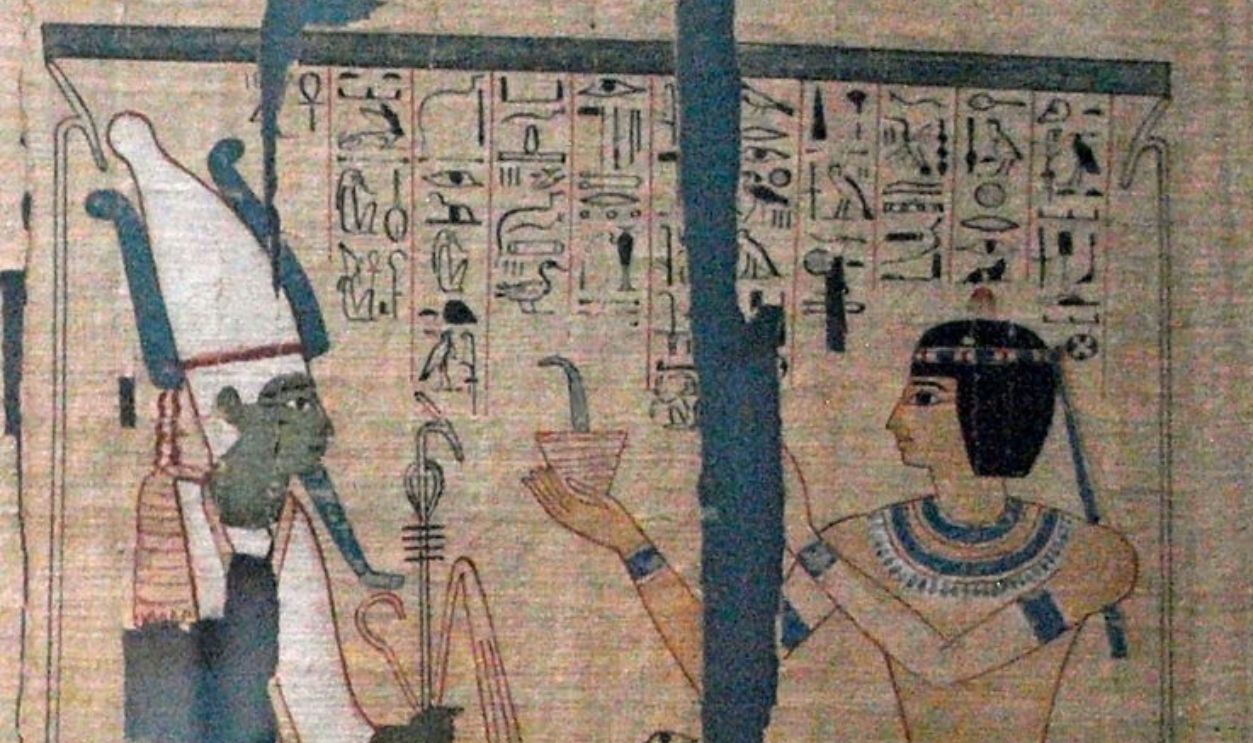 British Museum, CC BY-SA 2.5, Wikimedia Commons
British Museum, CC BY-SA 2.5, Wikimedia Commons
The Use Of These Rituals For Spiritual Visions
If connecting with the divine is not enough, the Egyptians also believed that consuming these drinks would give them a glimpse into the afterlife. They would be able to commune with their ancestors and even receive prophecies. Experiences like these heavily influenced their worldview.
Religious Offerings That Included Mind-Altering Drinks
While priests consumed these drinks in rituals, they were also offered to the deities at the altar. Worshippers believed that by offering these powerful drinks, they could gain divine favor, protection, and guidance. These drinks were considered holy.
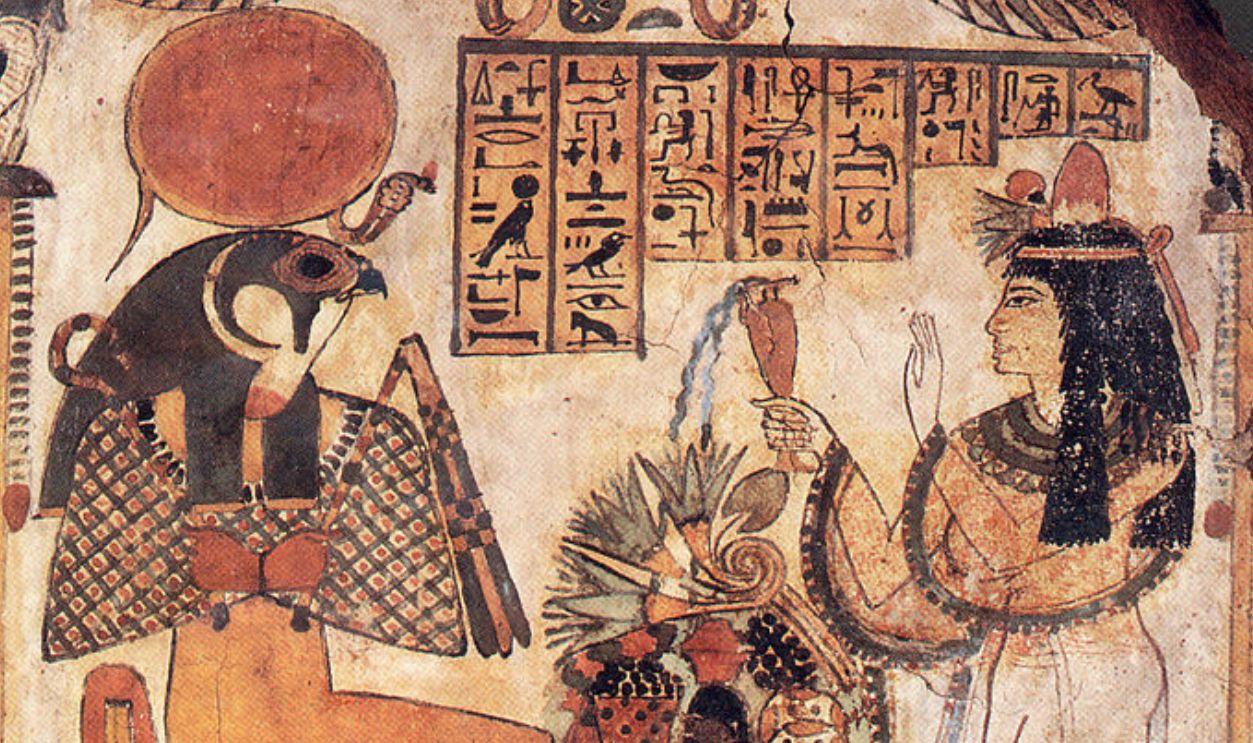 Oriental Institute, The University of Chicago, Wikimedia Commons
Oriental Institute, The University of Chicago, Wikimedia Commons
Theories About Who Had Access To These Brews
We know about the priest and who could have the drinks there. However, what about the common man? Some say that only the elite class could have these drinks, and some argue that lower-class Egyptians may have had access to a weaker version of the drink.
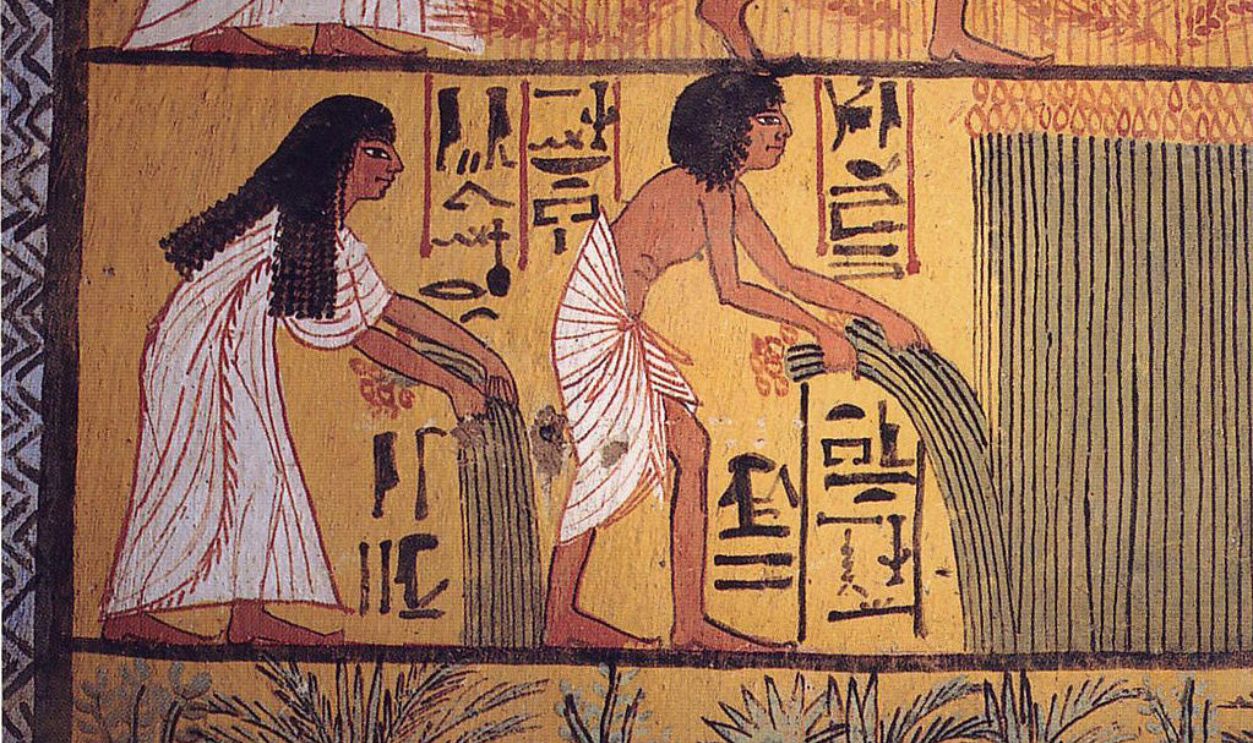 Egyptian tomb artist, Wikimedia Commons
Egyptian tomb artist, Wikimedia Commons
How These Substances Were Restricted To Certain Rituals
You couldn’t have these drinks whenever you wanted. The moments of spiritual weight, such as honoring gods, sending off the dead, seeking fertility help, or priests taking vows, were strictly determined when these drinks were available. Stray from those rituals, you might be inviting something you couldn’t control.
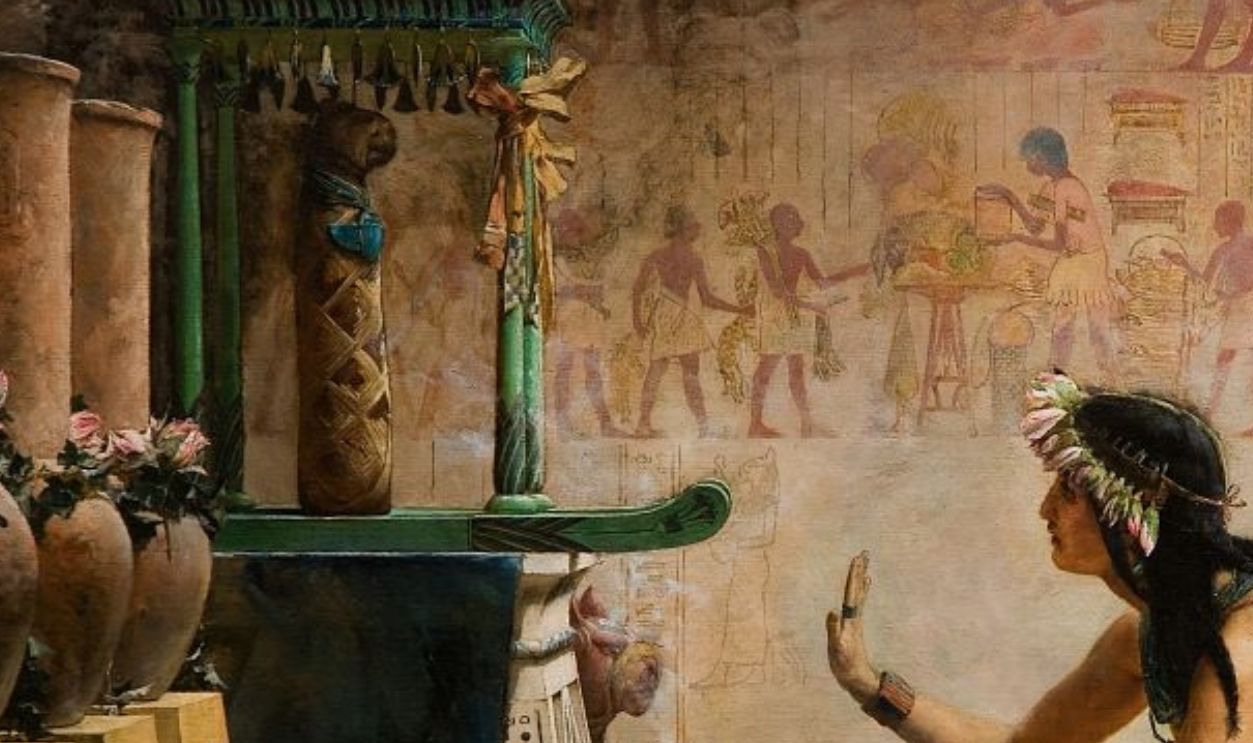 John Reinhard Weguelin, Wikimedia Commons
John Reinhard Weguelin, Wikimedia Commons
Hidden Messages In Egyptian Art And Texts
Another clue about these rituals is hidden in temple carvings. There are multiple scenes of priests holding glasses and blowing out vapor to support the theories. However, the one that stands out the most is the blue lotus offering.
The Decline Of Hallucinogenic Rituals In Egypt
Over time, foreign influences and changing religious beliefs led to the decline of these psychoactive traditions. When the late dynastic period started, such practices were largely abandoned. They were replaced by the rituals and worship methods we see today.
 Mosque and Madrasa of Sultan Hasan, Cairo, Egypt by Ivan Tang
Mosque and Madrasa of Sultan Hasan, Cairo, Egypt by Ivan Tang
Modern Scientific Methods Confirm Ancient Practices
Fourier Transform Infrared Spectroscopy (FTIR) and metabolomics are the techniques used to decode the chemical composition inside the mugs. It is through these methods that the usage of hallucinogenic ingredients during that time was uncovered.
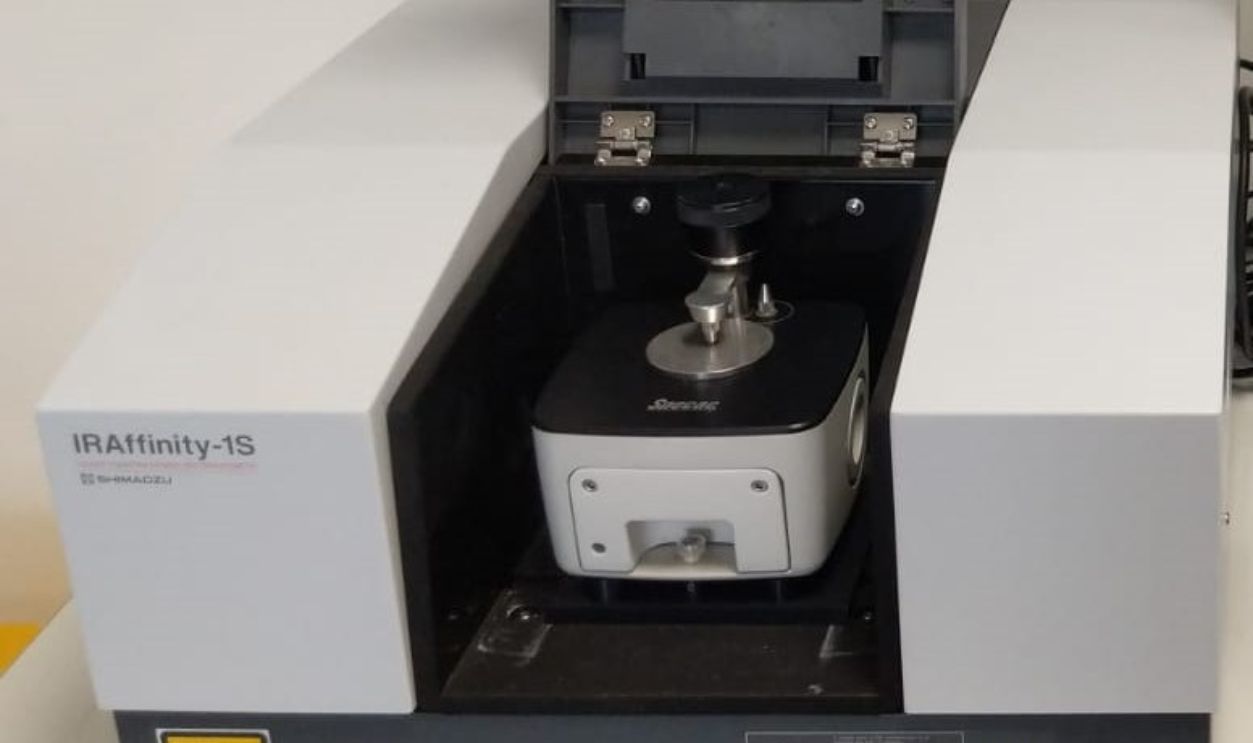 Keshavana, CC BY-SA 4.0, Wikimedia Commons
Keshavana, CC BY-SA 4.0, Wikimedia Commons
How These Discoveries Change Our Understanding Of Egypt
Why are these findings so important? Because they challenge the traditional view of Egyptian religion. It also provides insights about The use of mind-altering brews and how spirituality was deeply experiential. This knowledge reshapes how we perceive ancient Egyptian beliefs.

